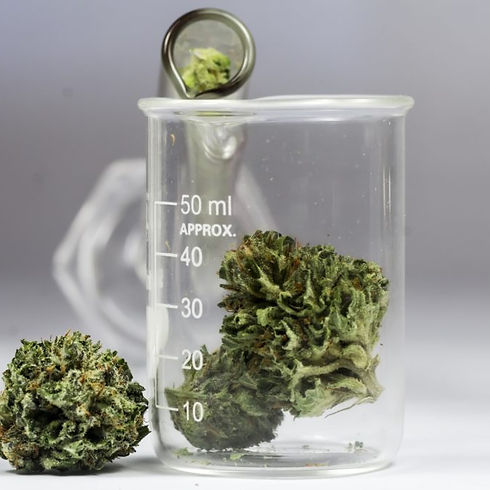Method Validation of Chemical Analytical Methods of Cannabis and Cannabis-derived Products
- Bridgett Graham

- Apr 11, 2019
- 2 min read
Cannabis sativa is a plant that appears to have great medicinal value. Recent research has identified at least 554 compounds in C. sativa plants, among them 113 phytocannabinoids and 120 terpenes. The most prominent cannabinoid is the phytocannabinoid Δ9-tetrahydrocannabinol (Δ9-THC). Cannabidiol (CBD) is another major constituent of the plant often prevalent in the mainstream media after the signing of the 2018 Farm Bill in relation to hemp. State acceptance of its consumption for both medical and adult-recreational uses is contingent upon accurate, reliable testing for safety and potency. One of the challenges within this environment is that there are no readily available recognized compendial methods to transform the testing from laboratory-developed methods to validated laboratory methods for general laboratory use. Until such a time that recognized compendial methods are available in the marketplace, it is important to validate methods in the laboratory to demonstrate fitness for intended use.
States often require testing for many constituents of cannabis and cannabis-derived products. These include cannabinoids and terpenoids that are defined by genetics and influenced by environmental factors. As the chemical constituents of cannabis can vary dramatically, accurate analytical data on the chemical content and strength of the product is required for its safe and effective use. Information on the content of potential contaminants also is needed to determine suitability for use. In addition, the analytical characterization of physical factors can play a particularly important role in many different formulations of cannabis-derived products. In many state-regulated medicinal cannabis programs, products are analyzed for cannabinoid and terpene profiles, and for the absence of heavy metals, pesticides, bacteria, molds, and fungal toxins. In the current environment, laboratories find that a method is needed as a published standard.

.jpg)





Comments